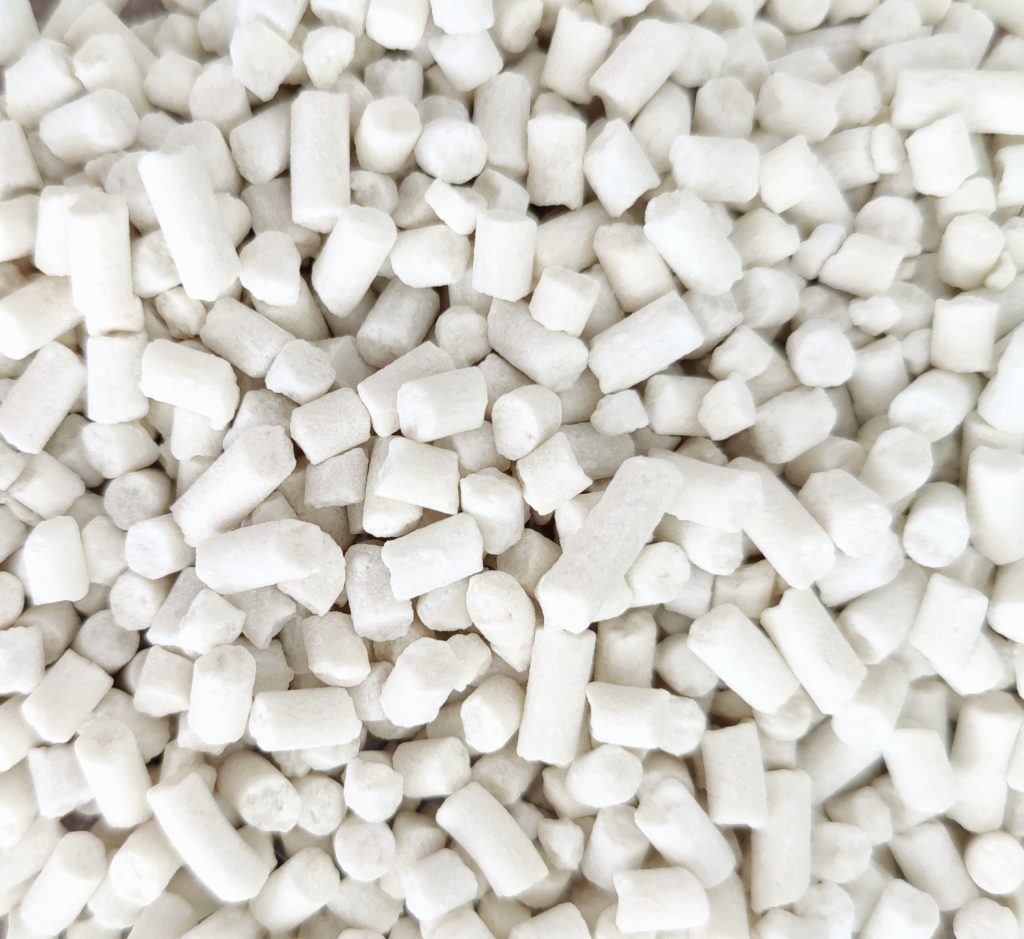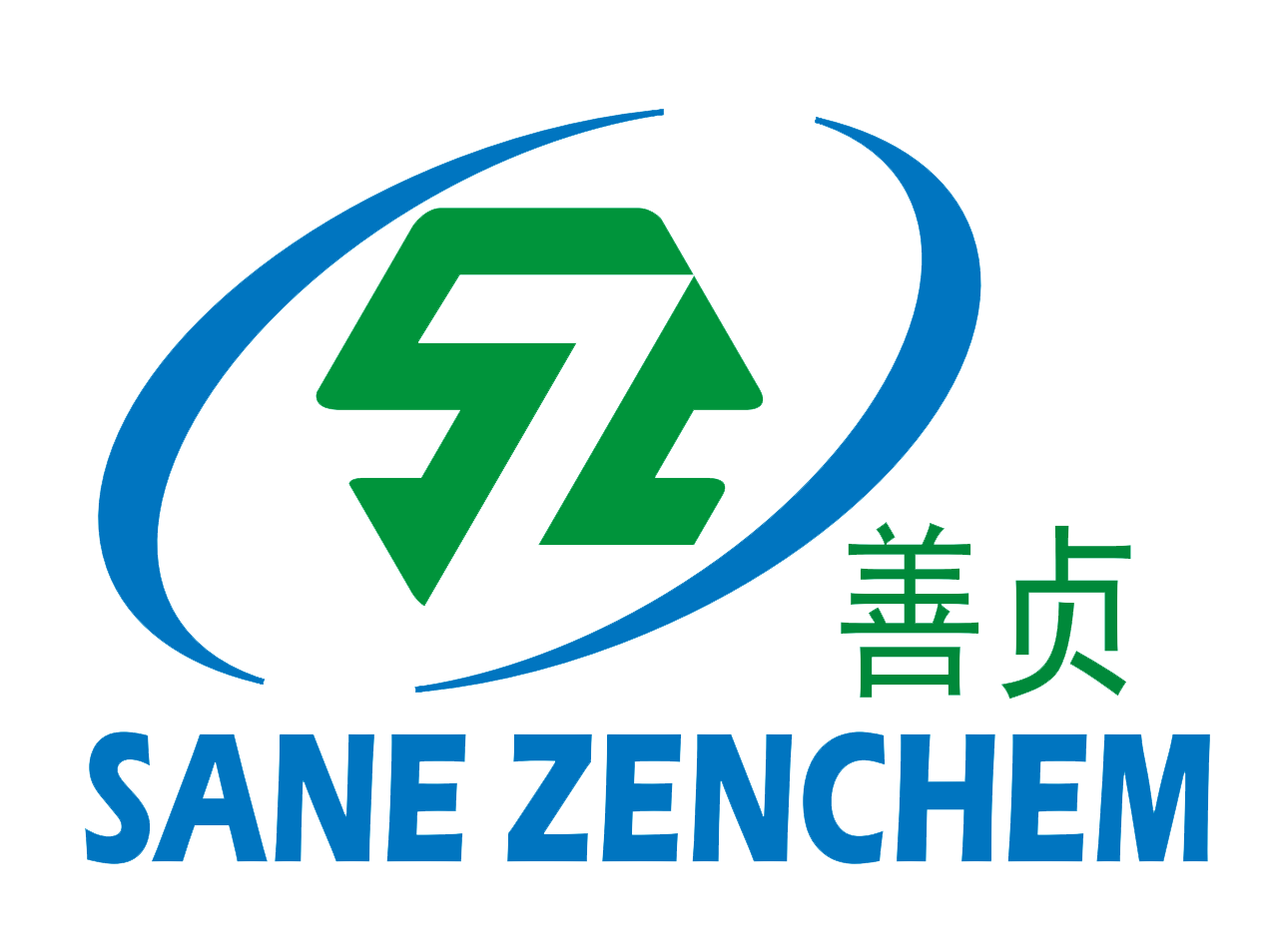The demolding process is a critical procedure in rubber product manufacturing, whose smooth execution directly impacts production efficiency, mold lifespan, and product yield. As a type of highly efficient Rubber Processing Aid, Internal Rubber Release Agents systematically address common challenges in production. This article comprehensively discusses the mechanism of Internal Release Agents as integrated functional additives in tackling demolding challenges across various rubber systems, including technically demanding compounds for PCR and TBR Tires. It focuses on analyzing the technical pathways and practical applications for achieving high-efficiency demolding, extending mold life, improving product appearance, and reducing overall costs, providing a reference for Rubber Adhesive Manufacturers y Rubber Chemicals Suppliers to optimize production processes. Understanding its core technical value is essential for companies seeking reliable Rubber Release Agent Manufacturer in China or Rubber Release Agent Supplier in China.
- Introduction: Common Demolding Challenges in Rubber ManufacturingIn rubber product manufacturing, from simple seals to technically complex PCR (Passenger Car Radial Tires) y TBR (Truck and Bus Radial Tires), demolding resistance remains a key factor affecting manufacturing process stability and product consistency. Particularly in synthetic rubber, highly filled formulations, and peroxide curing systems, the high adhesion between the compound and metal molds very easy leads to Solving demolding problems in rubber manufacturing, causing production interruptions, mold damage, or product defects – common pain points noted by many industry players.
While externally applied Mold Release Agents can partially alleviate these issues, they may present limitations such as uneven film formation, interference with secondary processing, and mold contamination. In this context, Internal Mold Release Agent Additives, incorporated into the compound during the early production stages and functioning at the interface during vulcanization, offer a different technical approach for achieving a more efficient, cleaner, and more reliable demolding process. They have become indispensable High Efficiency Release Agent in modern Tire Manufacturing Process Aid. - Mechanism and Technical Positioning of Internal Release Agents
The value realization of Rubber Internal Release Agents stems from their precise regulation at the interface between the rubber matrix and the mold. As a functional Rubber Mold Release Agent Additive, its technical positioning is an intrinsic solution.
• Interface Migration and Film-Forming Mechanism: En Agente de Liberación Interna, uniformly dispersed within the compound during the mixing stage, allows its functional components to selectively migrate to the rubber-mold contact interface under vulcanization heat, forming an extremely thin, continuous release film.
• Multifunctional Synergistic Effect: This interface film performs multiple roles simultaneously: firstly, a lubricating action, effectively reducing friction resistance during demolding, acting as an effective Internal lubricant for rubber compounds; secondly, a release action, preventing direct adhesion of rubber molecules to the mold surface; thirdly, a protective action, providing a robust barrier for Mold protection for tire industry, slowing down surface corrosion and wear. Some high-efficiency grades (e.g., D986S) are designed with self-cleaning functionality, where their components help prevent the buildup of carbon deposits and dirt on the mold surface, embodying advanced Rubber mold cleaning additive technology.
• Compatibility with Rubber Systems: Professional Agente de Liberación Interna products are designed with full consideration of compatibility with various rubber systems, including those with extremely high dynamic performance requirements like tire tread and sidewall compounds. This ensures excellent demolding performance without interfering with the rubber’s curing characteristics or final physical-mechanical properties.
3. Core Application Value: Performance Enhancement from General Production to Tire Manufacturing
The application value of Internal Release Agents is reflected across multiple key dimensions of the manufacturing process, making them crucial for Cost reduction in rubber molding process.
3.1 Ensuring Production Continuity and Enhancing Efficiency
Difficult demolding is a primary cause of frequent production line stoppages. Internal Release Agents significantly reduce demolding resistance, making the demolding operation smoother and more reliable. This is particularly significant for highly automated compression and injection molding lines. In the large-scale continuous manufacturing of tire production, stable demolding performance is fundamental for maintaining production rhythm and maximizing capacity output, directly enhancing demolding efficiency.
3.2 Protecting High-Value Molds and Controlling Long-Term Costs
Molds are core assets in rubber manufacturing. Especially in the tire industry, molds are structurally complex and expensive. The protective layer formed by the Agente de Liberación Interna at the interface effectively reduces wear and chemical erosion of the mold by the compound (particularly from certain potentially corrosive components in tire tread and sidewall compounds), thereby extending mold service life, reducing maintenance frequency, and lowering comprehensive costs. This is a direct contribution to mold protection.
3.3 Improving Product Appearance Quality and Consistency
The demolding process is a risk point for product surface quality. By providing uniform demolding force, goma Internal Release Agents effectively reduce appearance defects such as short shots, tearing, and scratches caused by sticking. This value is particularly prominent for appearance-critical tire sidewalls and treads requiring sharp pattern definition, directly enhancing product market competitiveness and significantly Improving tire tread demolding performance.
3.4 Specific Value in PCR and TBR Tire Compounds
Tire tread and sidewall compounds place higher demands on Rubber Internal Release Agents. Tread compounds are highly filled and viscous, requiring excellent dispersibility from the Agente de Liberación Interna; sidewall compounds demand strictly resistance to flex fatigue, and the Agente de Liberación Interna must not compromise their dynamic mechanical properties. For instance, in peroxide curing systems or highly adhesive tire compounds, D986S, due to its powerful release capability and built-in mold cleaning components, can effectively address demolding difficulties in TBR tires caused by large compound volume and strong adhesion. Simultaneously, it ensures the perfect molding and release of complex patterns in PCR tire production, serving as a model Internal release agent for tire production.
4. Professional Application and Practical Guidance
4.1 Precise Grade Selection
Different rubber systems and curing conditions require Internal Release Agents with matching characteristics. As a professional Rubber Release Agent Manufacturer in China, we offer a range of solutions:
• Natural Rubber/Sulfur Curing Systems: Can start with D985S, which offers a good balance between effect and cost.

• Synthetic Rubber/Medium Difficulty Demolding: D981S is recommended for its stronger release capability.

• Peroxide Curing Systems/Demanding Tire Compounds: D986S is a solution designed for such severe conditions, especially suitable for difficult-to-demold formulations like tire tread compounds, representing a highly efficient internal rubber release agent.

4.2 Scientific Incorporation Process
• Should be added during the initial mixing stage alongside other minor ingredients, ensuring sufficient dispersion time for homogeneous distribution.
• The general recommended dosage is 1-4 PHR based on the raw rubber weight. Dosage can be incrementally adjusted in commonly used polar or halogenated rubbers for tires, with the optimal amount determined through experimentation to achieve Cost reduction in rubber molding process.
• Pay attention to compatibility between additives. For example, to ensure the full performance of D986S, simultaneous use with DP21 should be avoided.
5. Conclusion
Internal Release Agent technology represents a pragmatic and efficient advancement in rubber manufacturing processes. By intrinsically modifying the material, it systematically solves the external process challenge of demolding. Its value has been verified in extensive production practices, from general components to high-performance PCR and TBR tires. For Rubber Manufacturing Enterprises, understanding and applying this technology is a vital step towards higher production efficiency, superior product quality, and stronger cost control. Choosing the right Rubber Release Agent Supplier in China, providing professional products and technical support, will be a key link for enterprises to enhance their competitiveness.
